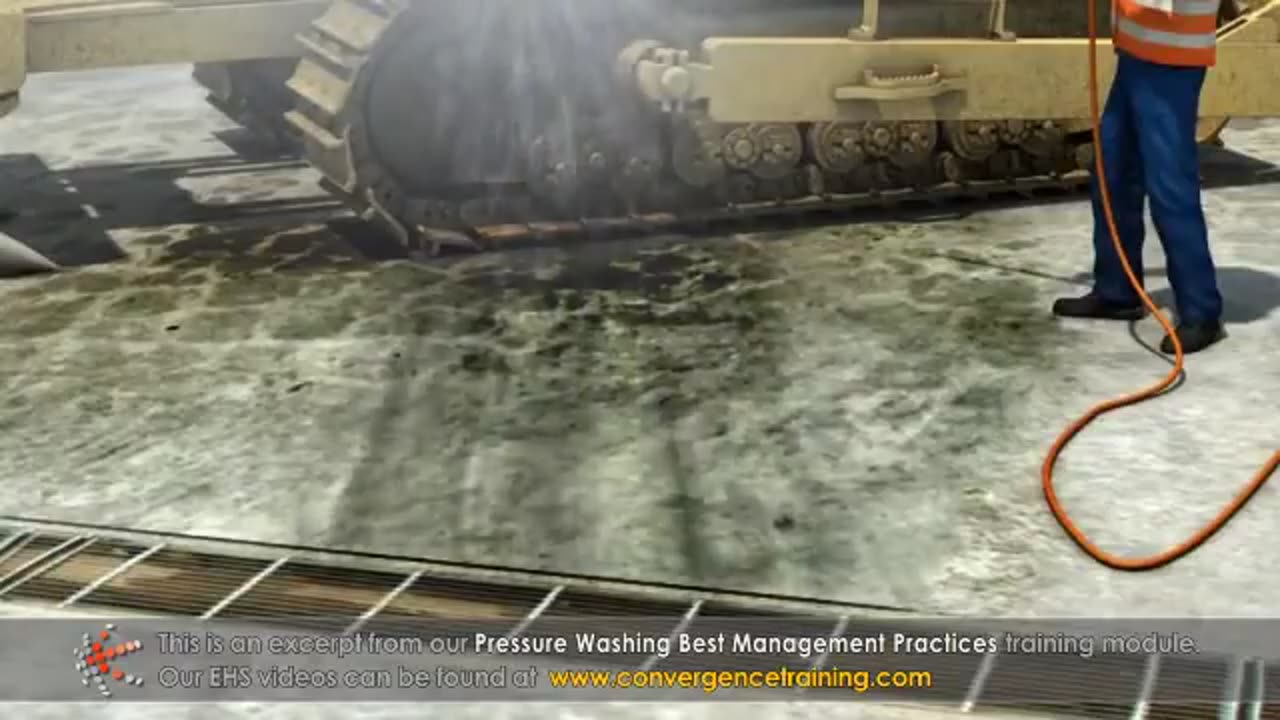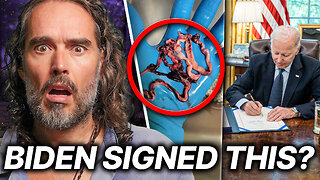Premium Only Content

Pressure Washing Best Management Practices
### **Pressure Washing Best Management Practices (BMPs)**
Pressure washing can generate pollutants such as dirt, oil, grease, chemicals, and detergents that may harm the environment if not properly managed. Below are best practices to ensure effective, safe, and environmentally responsible pressure washing:
---
### **1. Planning and Preparation**
- **Evaluate the Site**:
- Identify potential pollutants like oil stains, chemicals, or debris.
- Locate nearby storm drains, bodies of water, and sensitive areas.
- Determine if permits are required for wastewater disposal.
- **Equipment Check**:
- Inspect the pressure washer for leaks or damages.
- Ensure all attachments and cleaning solutions are appropriate for the job.
- Use water-efficient equipment where possible.
- **Select Appropriate Cleaning Solutions**:
- Choose biodegradable, non-toxic detergents.
- Avoid harsh chemicals unless absolutely necessary.
---
### **2. Containment and Pollution Prevention**
- **Protect Storm Drains**:
- Use drain covers, berms, or sandbags to block storm drains.
- Direct wastewater to a collection area away from drains.
- **Use Secondary Containment**:
- Set up barriers to contain runoff and prevent it from entering waterways or soil.
- Place absorbent mats around work areas to collect spills.
- **Dry Cleanup First**:
- Sweep up dirt, debris, and solid waste before pressure washing.
- Pre-treat oil stains with absorbent materials to minimize runoff.
---
### **3. Wastewater Management**
- **Collect and Dispose of Wastewater Properly**:
- Use vacuum recovery systems or portable containment mats to collect wastewater.
- Dispose of wastewater according to local regulations (e.g., at approved disposal sites or through sanitary sewer systems).
- **Filter Wastewater**:
- Use filtration systems to remove solids and contaminants before disposal.
- **Avoid Discharge to Storm Drains**:
- Storm drains lead directly to natural water bodies, and discharges can harm aquatic life.
---
### **4. Environmentally Friendly Practices**
- **Minimize Water Use**:
- Use low-flow nozzles or adjustable pressure washers.
- Only clean areas that need washing.
- **Reclaim and Reuse Water**:
- Recycle collected wastewater for repeated use where permitted.
- **Limit Use of Detergents**:
- Wash with water alone when possible to reduce chemical runoff.
---
### **5. Employee Training and Awareness**
- Train all workers on BMPs, including:
- Proper equipment use and maintenance.
- Pollution prevention techniques.
- Emergency response procedures for spills.
- **Spill Response**:
- Equip workers with spill kits.
- Report and clean up spills immediately to prevent environmental damage.
---
### **6. Compliance with Local Regulations**
- Familiarize yourself with local, state, and federal regulations related to pressure washing and wastewater disposal (e.g., Clean Water Act).
- Obtain necessary permits if discharging wastewater to sanitary sewers.
---
### **7. Recordkeeping**
- Maintain records of:
- Jobs completed, including date, location, and methods used.
- Wastewater disposal practices and quantities.
- Equipment maintenance and inspections.
---
### **8. Safety Practices**
- **Protect Workers**:
- Wear appropriate PPE, including gloves, goggles, and non-slip boots.
- Ensure safe handling of detergents and chemicals.
- **Electrical Safety**:
- Keep pressure washers away from electrical outlets and equipment.
- Use GFCI-protected circuits to reduce the risk of shock.
---
### **9. Practical Demonstrations**
- Perform live demonstrations on:
- Setting up containment systems.
- Proper equipment operation and maintenance.
- Spill cleanup and wastewater recovery techniques.
---
Would you like this content prepared as a guide, checklist, or slide deck? I can also include specific BMPs for unique industries (e.g., vehicle washing, building exteriors, or industrial equipment).
-
 LIVE
LIVE
Sm0k3m
5 hours agoPlaying games on Rumble
284 watching -
 10:37
10:37
Russell Brand
2 days agoHow is this even allowed?
101K682 -
 1:37:26
1:37:26
Real Coffee With Scott Adams
2 hours agoEpisode 2701 CWSA 12/26/24
26.9K14 -
 2:58:58
2:58:58
Wendy Bell Radio
7 hours ago9 Steps Ahead
51.3K100 -
 LIVE
LIVE
LFA TV
15 hours agoTIME FOR A NEW SPEAKER! | LIVE FROM AMERICA 12.26.24 11am EST
4,963 watching -
 1:40:22
1:40:22
Game On!
12 hours ago $3.86 earnedNFL Thursday Night Football Seahawks at Bears EXPERT Picks!
25.2K9 -

xBuRnTx
2 hours agoWho's Ready for New Years!
16.3K1 -
 12:09
12:09
Tactical Advisor
14 hours agoSmith & Wesson Shield Plus Carry Comp
12K1 -
 4:35:25
4:35:25
Father Russell
7 hours agoDelta Force | Not A Woman? | Mad Martigan Time
54.8K3 -
 3:29:42
3:29:42
BrookieMonster
14 hours ago $44.15 earnedChristmas Stream: Marvel Rivals with CallmeSeags 🎄
175K13